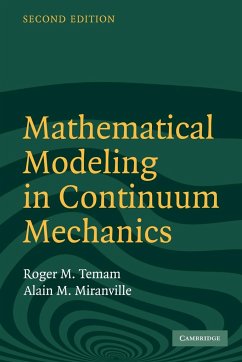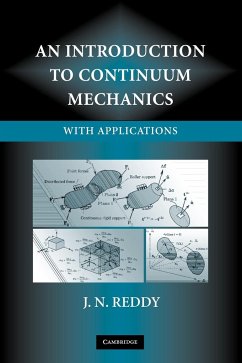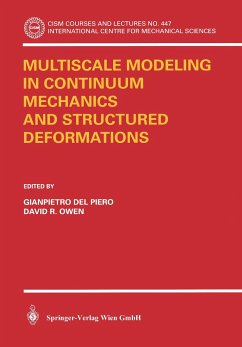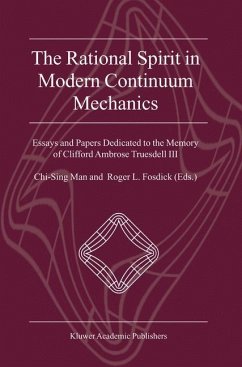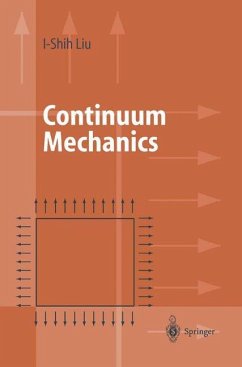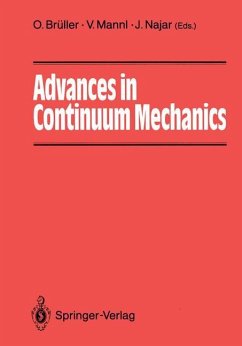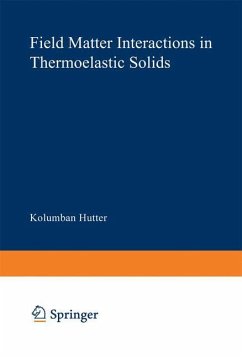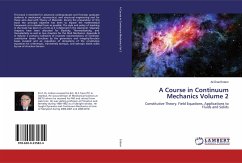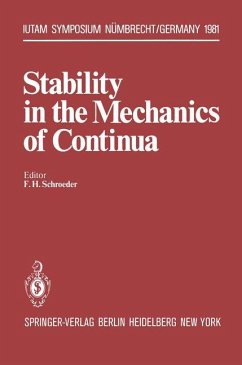
A First Course in Continuum Mechanics

PAYBACK Punkte
34 °P sammeln!
A concise account of various classic theories of fluids and solids, this book is for courses in continuum mechanics for graduate students and advanced undergraduates. Thoroughly class-tested in courses at Stanford University and the University of Warwick, it is suitable for both applied mathematicians and engineers. The only prerequisites are an introductory undergraduate knowledge of basic linear algebra and differential equations. Unlike most existing works at this level, this book covers both isothermal and thermal theories. The theories are derived in a unified manner from the fundamental ...
A concise account of various classic theories of fluids and solids, this book is for courses in continuum mechanics for graduate students and advanced undergraduates. Thoroughly class-tested in courses at Stanford University and the University of Warwick, it is suitable for both applied mathematicians and engineers. The only prerequisites are an introductory undergraduate knowledge of basic linear algebra and differential equations. Unlike most existing works at this level, this book covers both isothermal and thermal theories. The theories are derived in a unified manner from the fundamental balance laws of continuum mechanics. Intended both for classroom use and for self-study, each chapter contains a wealth of exercises, with fully worked solutions to odd-numbered questions. A complete solutions manual is available to instructors upon request. Short bibliographies appear at the end of each chapter, pointing to material which underpins or expands upon the material discussed.





